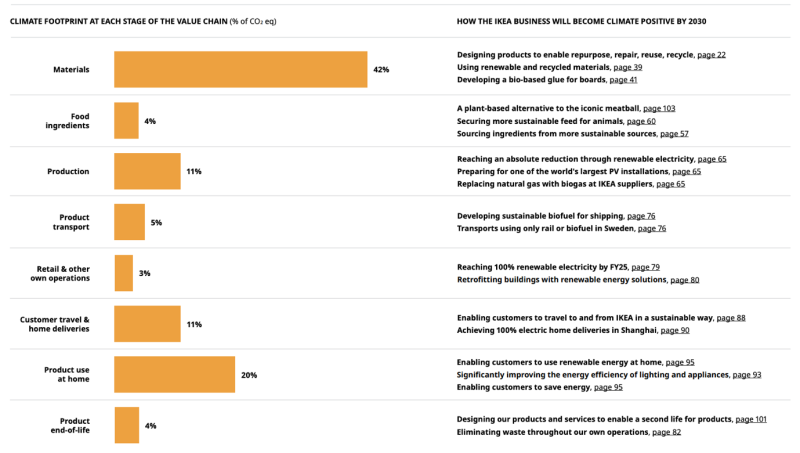2.1
Emissions scopes & boundary setting
Emissions reporting is generally split into 3 ‘scopes’:
- Scope 1 – Direct emissions from fuel combusted in company-owned or controlled facilities and vehicles
- Scope 2 – Indirect emissions from the generation of purchased electricity, steam, or heating and cooling that is consumed by the reporting company
- Scope 3 – All other upstream and downstream emissions in the value chain and within the assessment scope
The diagram below illustrates this definition of scopes:

Figure 2.1a: Greenhouse Gas Protocol, Corporate Value Chain (Scope 3) Accounting and Reporting Standard
While scope 1 and scope 2 emissions can be confidently measured – and major retailers are now required to disclose these figures in their annual reporting – scope 3 presents a greater challenge, as methodologies and boundaries vary and data can be limited. However, it is important that scope 3 emissions are fully considered for retailers’ carbon footprints, as these are likely to be the dominant source of emissions. Within food retail, the largest contributor to overall retail emissions, typically 80-90% of emissions are from scope 3 sources.[10] In non-food, the IKEA 2019 Sustainability Report, for example, shows that only 3% of its total emissions fall within its retail and other direct operations (i.e. scopes 1 and 2).

Figure 2.1b: Extract from IKEA’s 2019 Sustainability Report
For this roadmap, full upstream and downstream scope 1-3 emissions are included. Customer activities and associated emissions from using products are considered within scope, including emissions from retailing vehicle fuel. Other examples of relevant downstream emissions include:
- Direct energy using products (TVs, laptops, etc.)
- Washing of clothes
- Food storage, preparation, cooking, and washing up
- Water heating for use of soap and shampoo products
- Disposal of waste products/packaging after customer use
These upstream and downstream emissions are outside of the direct control of retailers, yet as the interface between producers and customers, retailers can support GHG reductions across the value chain. Retailer supply chain initiatives can include procurement standards and protocols, supplier incentives, climate funds, data collection, and knowledge sharing. Customer facing initiatives include providing sustainable living information, facilitating low-carbon travel, and improving product end-of-life recycling. The Roadmap provides detailed guidance on decarbonisation actions for retailers.
[10] FCRN, Food Systems and Greenhouse Gas Emissions, 2015